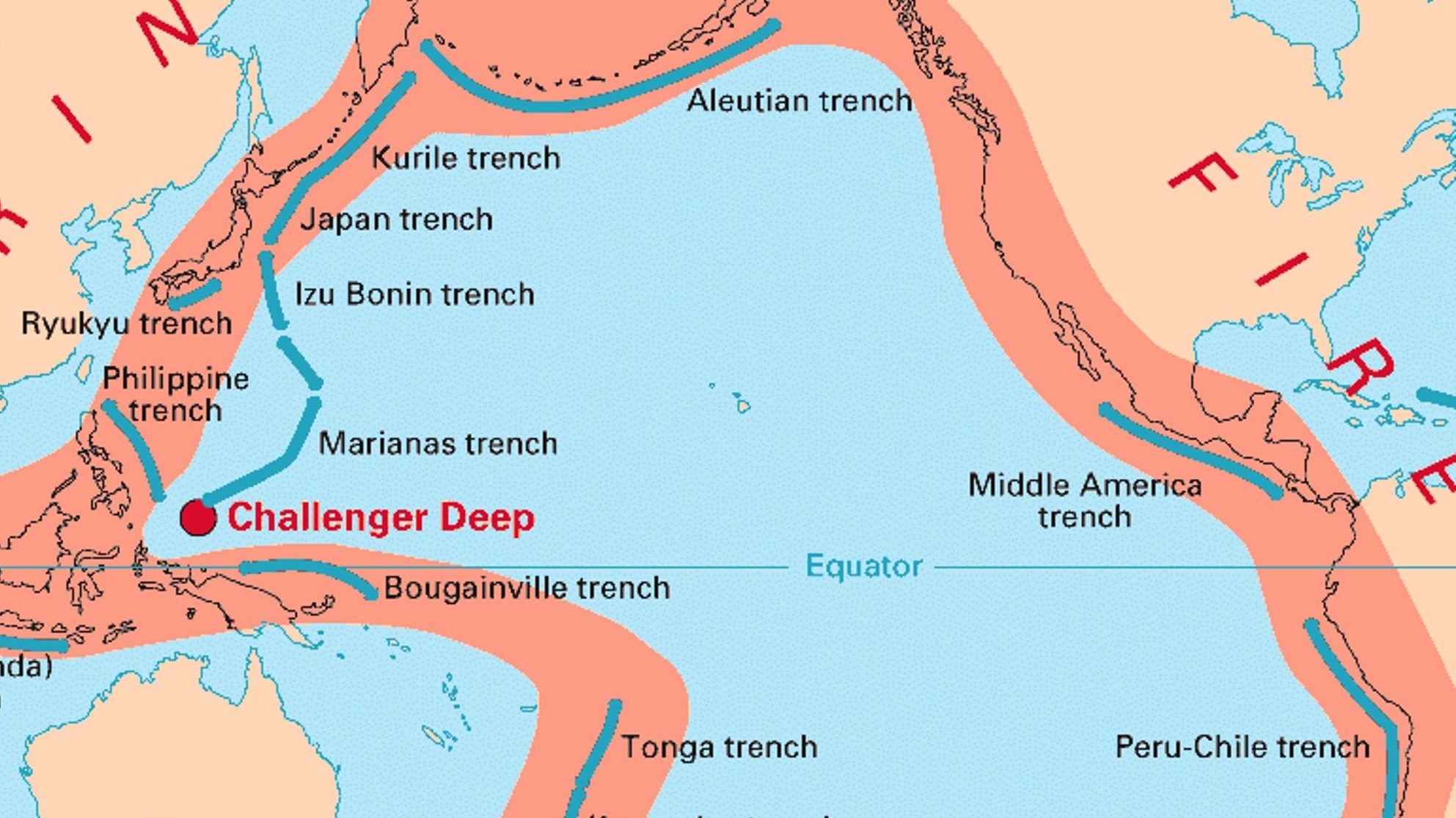(CNN Spanish) — about 90% Earthquakes Occurs at the same place: The pacific ring of fire, Covering an area of about 40,000 km, it covers the Andes, the west coast of Mexico, and parts of the United States and Japan, and is the planet’s largest recorded volcanic activity.
The Belt or Ring of Fire contains several tectonic plates – solid layers of the Earth’s crust in motion – the massive Pacific plate and oceanic plates such as the Philippine, Juan de Fuca, Cocos and Nazca plates.
These plates are in constant motion, and when they meet continental plates, they collide and slide under each other, a process called “subduction” in geology, which can cause volcanic eruptions and earthquakes. Collisions and landslides can occur between plates at the ocean’s surface, creating earthquakes and volcanoes there.
Chilean geologist Felipe Mathews explained to CNN en Español, for example, that earthquakes are associated with “fractures that may result from plates coming from the Pacific under the continental plate.” In this process, great stress is exerted, which leads to a megafracture that leads to earthquakes.
The Pacific Ring of Fire is always active because the plates are in constant motion. For example, the Nazca Plate is moving 3 to 5 centimeters per year according to experts, although this number may seem small, but the fact is that this plate, located off the coast of Chile, is moving very quickly. and in terms.
Just because this large area shares a name does not mean that an earthquake at one point will trigger another at another point, or that earthquakes will occur simultaneously in different parts of the belt. In fact, according to Mathews, “big earthquakes do not occur in the same way in different regions, for example Ecuador, Peru and Chile,” or even in different parts of the country, such as Chile. In other words, fractures usually occur independently.
“I wish we had shivers every day”
Matthews says when a part of Chile goes unrecorded for years, the feeling from experts is not relief, but concern. The lack of motion indicates a build-up of energy, and if that happens over a long period of time, this theoretically increases the chances of a large-scale earthquake occurring at any time, because an earthquake is, in short, a “violent release of energy”.
“I wish we had tremors every day. Degree five, degree four, degree three,” he exemplifies, because “when I release energy, the chances of energy accumulation decrease, obviously. It decreases the possibility of an earthquake” to a greater extent.
The Pacific Ring of Fire, a scene of tragedy
Some of the worst earthquakes in recent history have occurred in the region, including earthquakes in Chile in 1960 and 2010, Alaska in 1964, and Japan in 2011. 2004.
After the Pacific Ring of Fire, the next seismically active region is the Alpine Belt, which stretches eastward across the Mediterranean Sea through Turkey, Iran, and northern India. This region accounts for 5 to 6% of earthquakes, according to the USGS.
Volcanoes
The name of the Pacific Ring of Fire, also known as the Ring of Fire, is not accidental and refers to another phenomenon of nature that is particularly concentrated in this region: volcanoes. According to the Encyclopedia Britannica, three-quarters of the world’s volcanoes lie within the belt.
This includes volcanoes on land and submarines, which are underwater. Actually, step Oregon State University (OSU for its abbreviation in English), “The most active volcanic systems on Earth are hidden under an average of 2,600 meters of water.”
According to experts, a vivid example of the power of these volcanoes was received this year with the eruption of Hanga Tonga-Hanga Hapai, located near Tonga, which has not been recorded anywhere on the planet for more than 30 years.
With information from Angela Reyes


:quality(85)/cloudfront-us-east-1.images.arcpublishing.com/infobae/6B7ZCEUFJVGPTHNSK6HPHYQDBI.jpg)

/cloudfront-us-east-1.images.arcpublishing.com/eluniverso/DGEW35D77RGBVJEROWSX2HRSJU.jpg)
